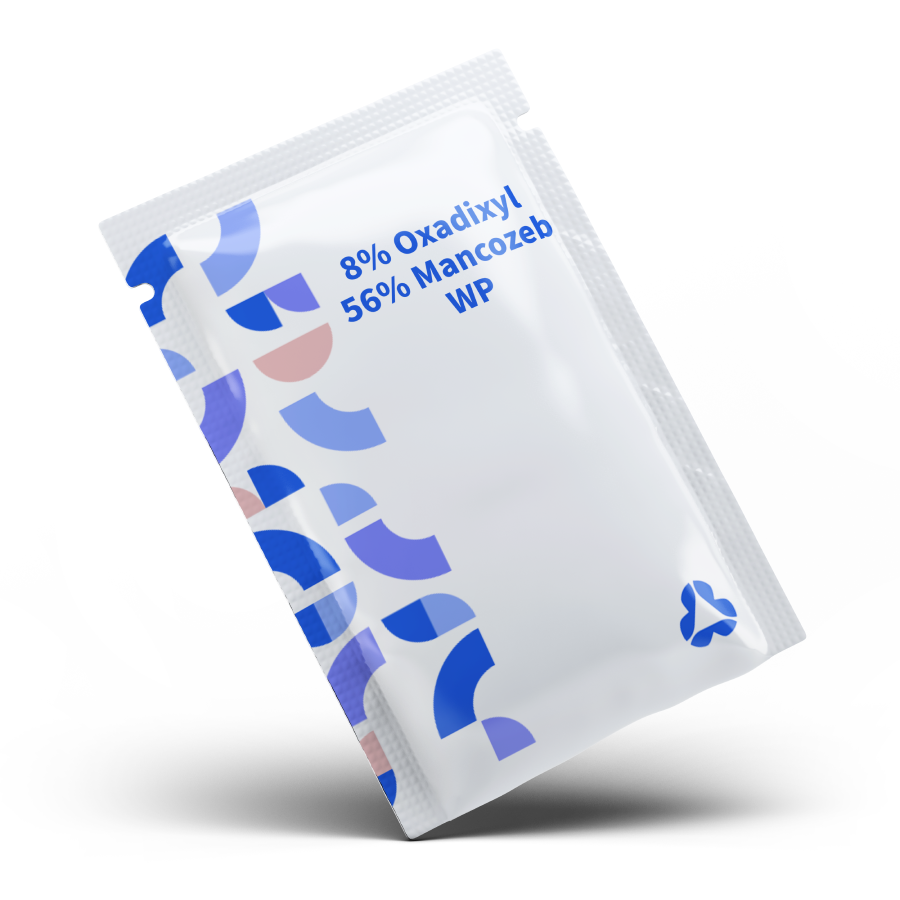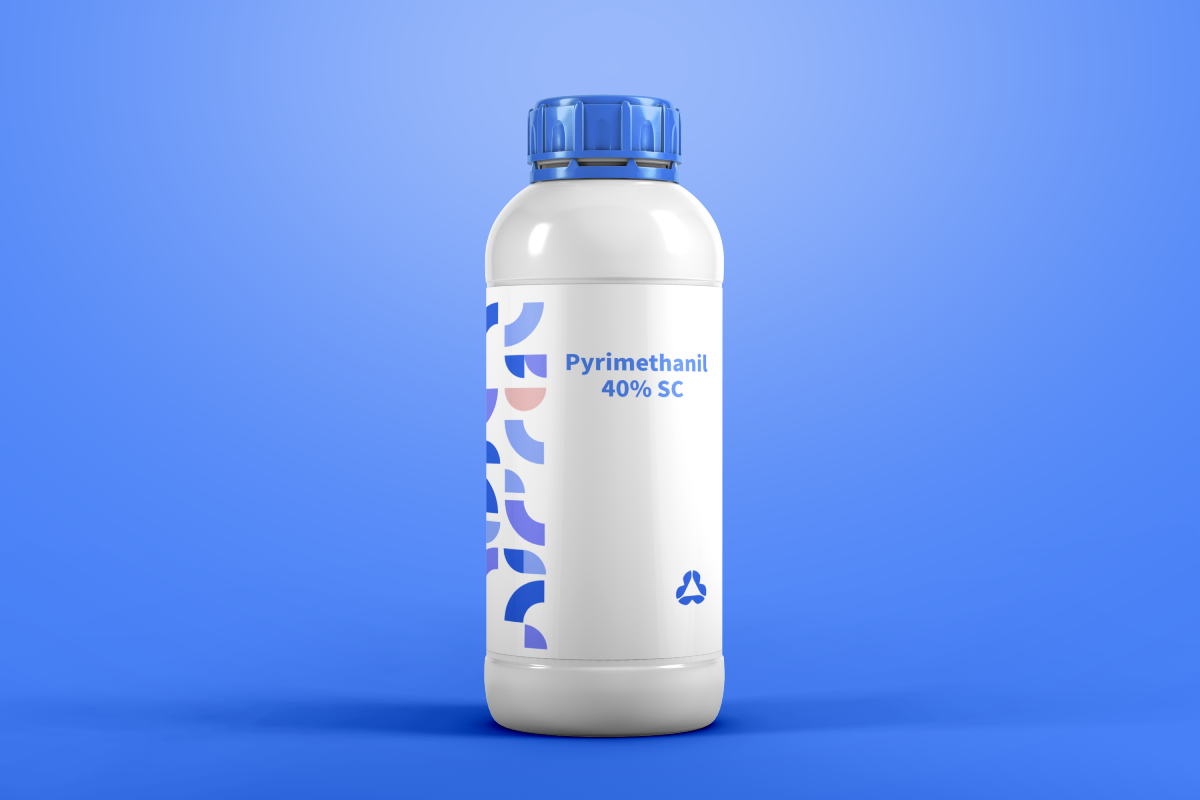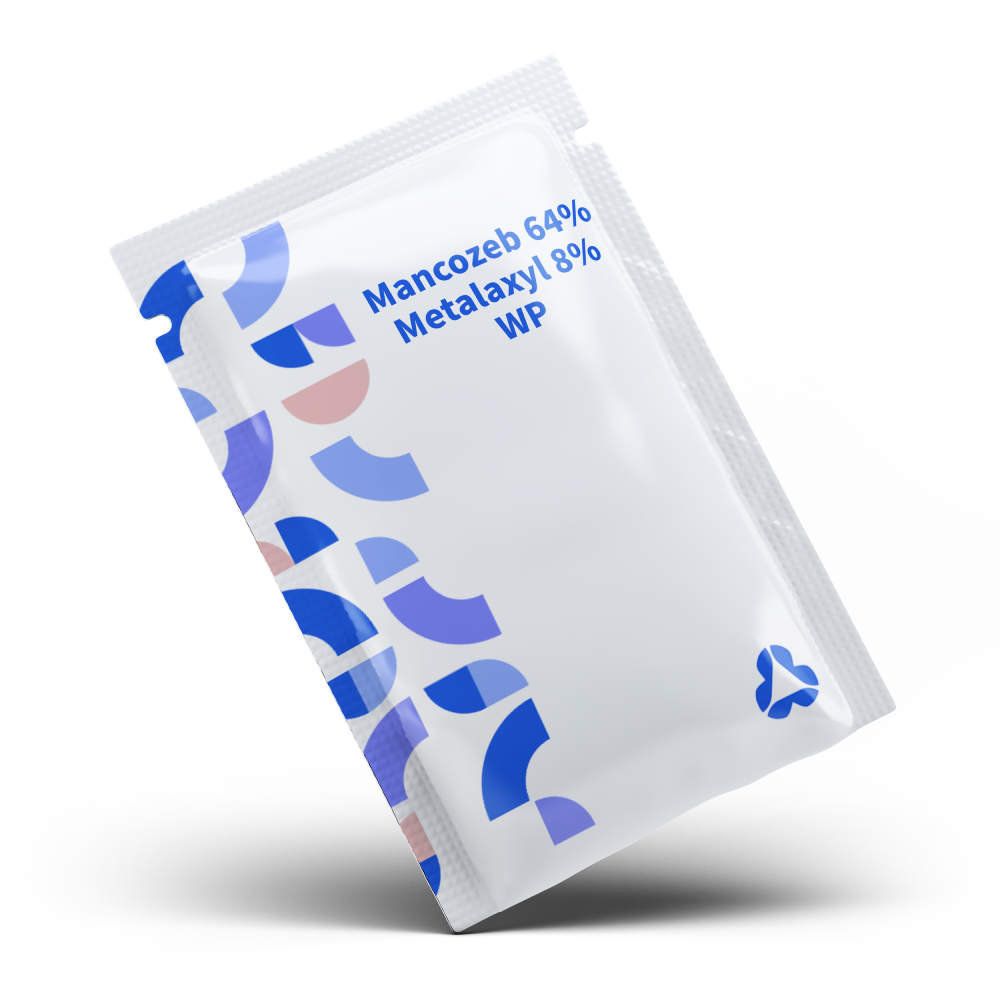Pyrimethanil 40% SC (Suspension Concentrate) is a systemic fungicide belonging to the anilinopyrimidine class, designed for effective control of fungal diseases such as botrytis (gray mold), powdery mildew, and sclerotinia in a wide range of crops. The formulation contains 400 grams of active ingredient pyrimethanil per liter, offering excellent suspension stability and uniform coverage for reliable disease management.

8% Oxadixyl + 56% Mancozeb WP: A Potent Broad – Spectrum Fungicide for Crop Protection
8% Oxadixyl + 56% Mancozeb WP (Wettable Powder) is a highly effective and widely used fungicide formulation in modern agriculture. This product combines the power



